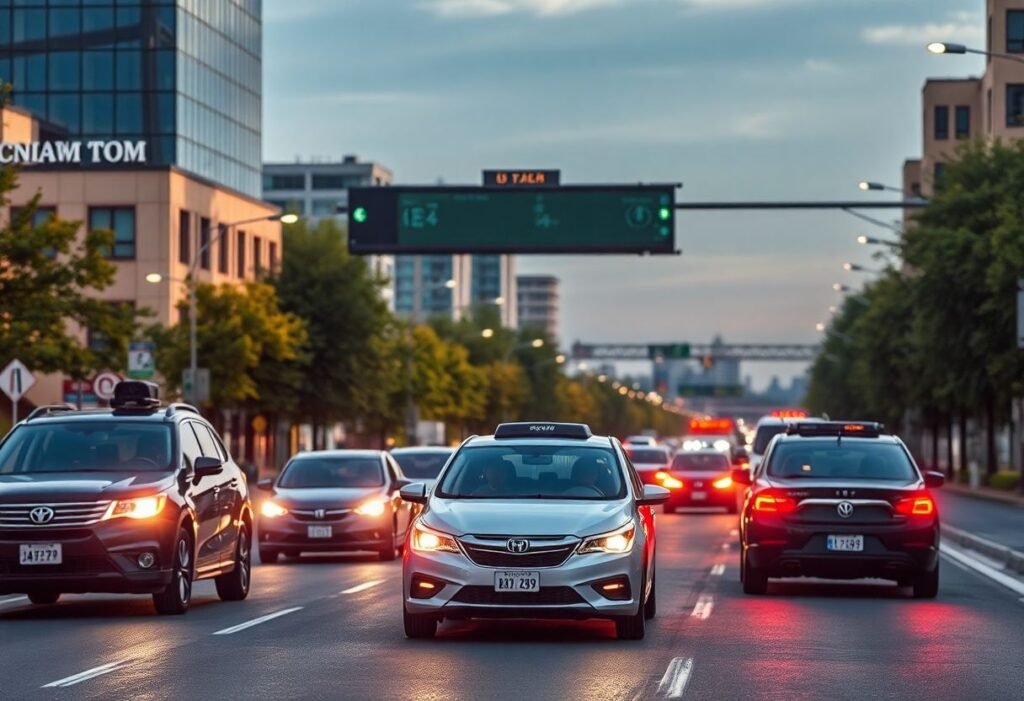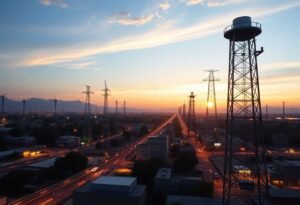As cities grow and populations increase, traffic congestion has become a prevalent issue. Autonomous vehicles are emerging as a significant innovation that can greatly alleviate this problem, offering safer, more efficient transportation solutions.
The Role of Autonomous Vehicles in Traffic Management
Autonomous vehicles represent a breakthrough in engineering and technology that can address traffic issues effectively. With their ability to communicate with each other and the surrounding infrastructure, self-driving cars can make real-time adjustments to their routes. This increases the overall efficiency of transportation systems and reduces the likelihood of traffic jams. Innovative algorithms help these vehicles predict and avoid congested areas, ensuring smoother traffic flow. As more autonomous vehicles are integrated into the transportation network, we can expect a significant drop in gridlock scenarios.
Reducing Human Error and Enhancing Safety
One of the key factors contributing to traffic congestion is human error, which leads to accidents that disrupt traffic. Autonomous driving technology is designed to minimize these errors through advanced sensors and AI systems that analyze the environment constantly. By monitoring surroundings and making instantaneous decisions, the probability of accidents dramatically decreases. This not only clears up bottlenecks created by collisions but also enhances overall road safety, making the urban experience more reliable for all commuters.
Eco-Friendly Innovations in Transportation
As we move towards sustainable urban living, autonomous electric vehicles stand out as a key innovation that could reduce traffic congestion while also benefiting the environment. Many autonomous vehicle manufacturers are developing electric models that produce zero emissions, thus contributing to cleaner streets. By effectively managing energy consumption and optimizing driving patterns, these vehicles can help cut down pollution levels significantly, creating greener cities.
Improving Public Transportation Efficiency
Autonomous vehicles are not just for personal use; they can fundamentally change public transportation dynamics. With the deployment of self-driving shuttles and buses, public transport routes can become more adaptive and responsive to real-time passenger demand. Less congestion on the roads enhances the reliability of public systems while encouraging more people to use them, ultimately reducing the number of individual cars on the road. This integration of technology makes public transport an attractive alternative.
Highly Integrated Urban Infrastructure
The success of autonomous vehicles in reducing traffic congestion relies heavily on the support of **smart city infrastructure**. Investment in this technology, like vehicle-to-everything (V2X) communication, allows for enhanced coordination between vehicles and traffic management systems. Through real-time data sharing, cities can efficiently manage traffic signals, reducing wait times and preventing gridlock. This integrated approach paves the way for a seamless transportation ecosystem within urban centers.
Future Perspectives on Traffic and Autonomous Vehicles
Looking ahead, the integration of autonomous vehicles into our daily lives is expected to redefine urban mobility. As more communities embrace these technologies, we can anticipate a marked decrease in traffic congestion. Continuous improvements in AI and machine learning will create smarter vehicles and smarter cities, paving the way for innovative solutions that prioritize efficiency and safety on the roads. As we venture further into this new frontier, the revolution in traffic management will become a reality.
Disclaimer: The contents of this article are for informational purposes only and do not constitute professional or expert advice.





















